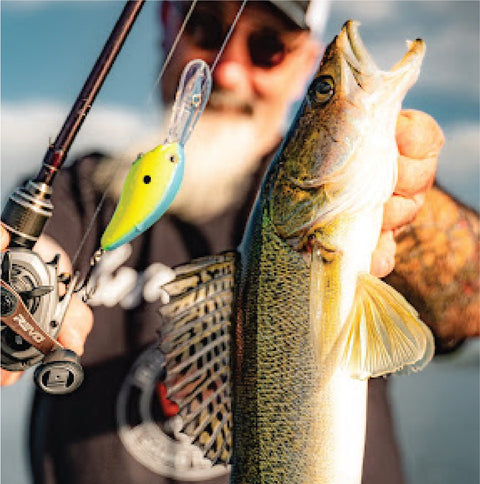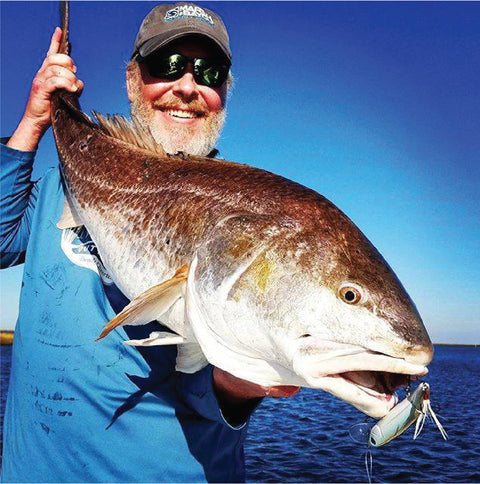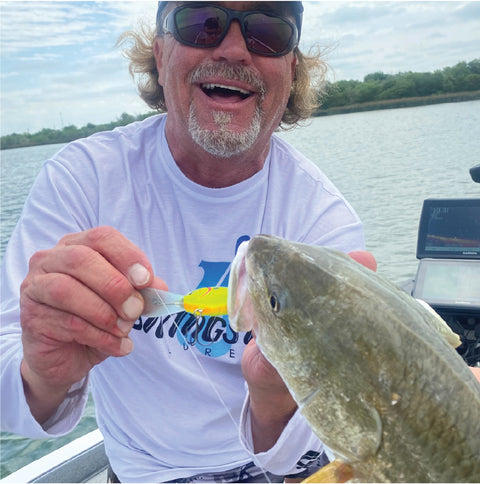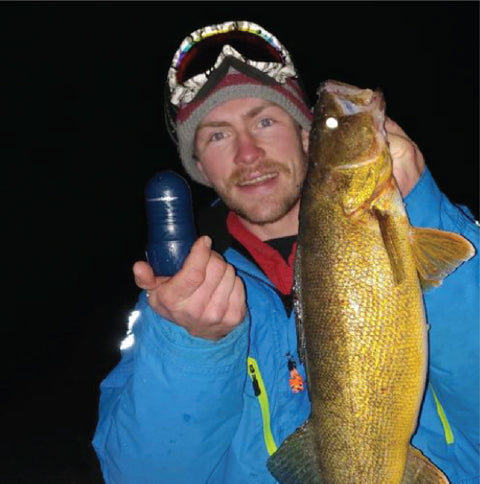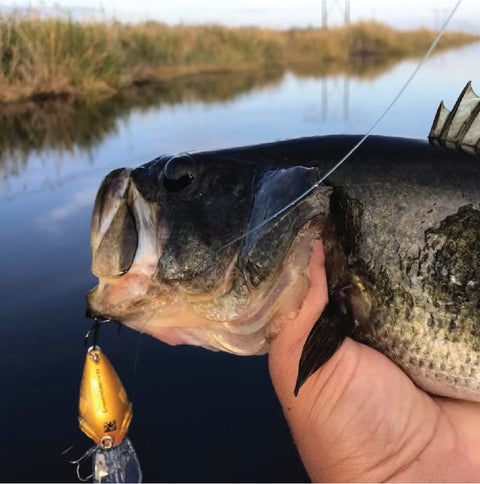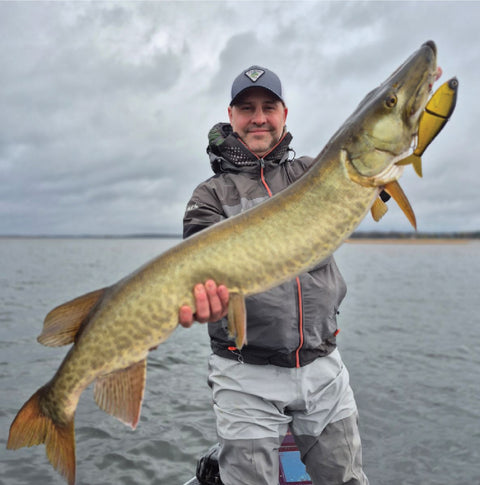How to Catch Bass in the Fall: The Three Key Stages
Fall bass fishing isn’t just a single pattern as the fall is a time of bass migration with three distinct phases. Understanding these stages, and how to adapt your approach in each, will put more fish in the boat and help you connect with some of the biggest bass of the year.
Recognizing the Start of Fall
Fall fishing begins when three natural shifts take place:
- Air temperatures drop from the highs of summer into the 70s or below.
- Water temperatures cool from the 80s down into the 70s and 60s.
- Daylight hours shorten, signaling the seasonal change.
Bass don’t follow calendars. Instead, they respond instinctively to these environmental triggers, beginning a predictable migration that repeats itself every year.
Stage One: The Early Fall Transition
During the first phase, bass pull away from their deep summer patterns such as current breaks, heavy cover, or offshore structure and begin to follow baitfish into shallower zones. The key word in fall is always bait.
Look for bass staging on points, secondary points, isolated cover, and contour breaks as they push toward creeks, pockets, and shallow shoals. These are stopping spots on the way to the backwaters. The daily movements of baoitfish will dictate where bass are during this early fall period, so a keen eye should be paid to identify where baitfish are staged each day your on the water.
Best Lures for Early Fall:
- Walking Boss II: A topwater walk the dog that excels when bass push bait shallow in creeks and pockets.
- Howeller DMC SQ: This square bill cranbkbait is perfect for working shallow cover and structure.
- Jerkmaster 121C: This suspending jerkbait is the perfect lure for working in and around baitfish schools and cover.
Stage Two: The Fall Feed
This is the most exciting period of the season. As water temperatures drop into the upper 60s and low 70s, bass aggressively feed to prepare for the coming winter. Baitfish push into the backs of creeks, pockets, and onto shallow flats, and the bass are right there with them.
This is when you’ll often find fish grouped up, competing to eat. Multiple bites on consecutive casts are common, the key to more bass in the boat is to match your lure with the forage. Dialing in on not only size and profile is important but also color as bass are looking for particular forage fish. Livingston Lures gives anglers the added advantage of emitting sounds that mimic the natural forage. The EBS advantage works wonder when fall bass are looking for “the real thing”.
Best Livingston Lures for the Fall Feed:
- Plopmaster: This tail prop presentation elicits aggressive strikes in both shallow and open water.
- Bullnose: The Bullnose is a super shallow crankbait that plows through flats and backwaters.
- The School Master: This unique presentation can be used at any depth and is deadly when bass are competing for forage.
Stage Three: The Late Fall Migration
As water continues to cool and days grow short, bass shift again. Having fed heavily, they begin pulling away from the backs of creeks and flats, moving back toward deeper wintering areas.
The path they take is nearly identical to the one they used coming in. Bass stop on predictable points, channel bends, isolated docks, brush piles, or boulders as they migrate outward. While they may not feed as aggressively as during the fall feed, they still strike opportunistically, and they often school tightly on these staging spots.
Best Livingston Lures for Late Fall:
- Jerk Master 121D: Perfect for suspending and pausing in front of sluggish late-season bass.
- Howeller DMC Plus: This deep dive is the right choice when you need to make contact with deep cover and structure.
- Slingshot: The Slingshot is a vibrating soft plastic presentation that can be worked at any depth and is perfect for coaxing deep schooling bass into striking.
In the Net
Fall bass fishing is about understanding migration. Break it into three stages early transition, fall feed, and late migration and adjust your tactics accordingly. No matter where you fish, the pattern is predictable. Keep in mind the dates on the calendar are meaningless to bass and that water temperature and in the moment conditions dictate where, when and why of bass fishing.




